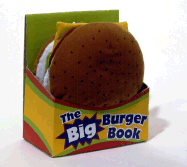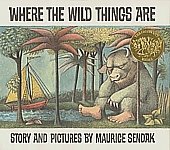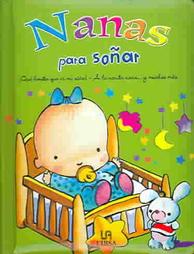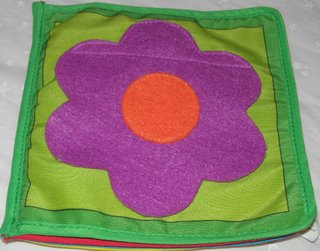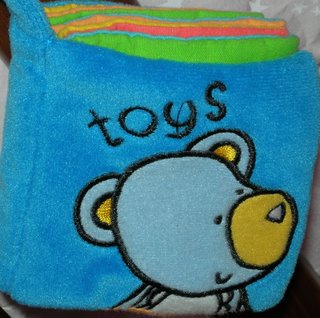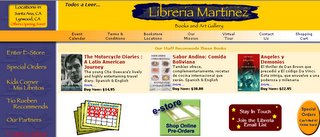Since I have been writing about reading in two languages, it's only to be expected that I write about "free voluntary reading" (though there are other terms that are often used instead of FVR. These are "extensive reading").
This Website: Extensive Reading
http://www.extensivereading.net/ provides an excellent list of resources for parents and teachers who are interested in helping their children read in their L1 or L2. This is a reputable Website that I highly recommend.
What is extensive reading? Here is the definition in the
Extensive Reading page:
"Extensive Reading usually means reading a lot of self-selected easy, interesting texts, and doing few or no exercises afterwards.
Extensive Reading is a way to teach a foreign language (in general) and a way to teach reading (in particular)."
What are the benefits of extensive reading? Below you will find 10 explanations, supported by research, why extensive reading works. To read more about the 10 explanations, please go to this source: Bell, T. (1998). Extensive reading: Why and how?
The Internet TESL Journal,4(12). Available at
http://iteslj.org/1. It can provide 'comprehensible input'
2. It can enhance learners' general language competence
3. It increases the students' exposure to the language
4. It can increase knowledge of vocabulary
5. It can lead to improvement in writing
6. It can motivate learners to read
7. It can consolidate previously learned language
8. It helps to build confidence with extended texts
9. It encourages the exploitation of textual redundancy
10. It facilitates the development of prediction skills
Here are guidelines on how to implement extensive reading. These ideas come from an article by Prowse published in
Reading in a Foreign Language.
1 - Choice All the research into extensive reading points towards what Stephen Krashen calls 'free voluntary reading' as the source of the benefits that extensive reading can bestow (Krashen 1993).
2 - Ease When reading is easy and pleasurable much more of it is done and the language learning benefits grow with the amount read. I.S.P. Nation states 'A density of one unknown word in fifty is more suitable for pleasurable extensive reading.' (Nation 2001 p. 165).
3 - Texts to engage with and react to Ease of reading does not preclude engagement and I would prioritise books which make the reader keep turning the pages!
4 - No comprehension questions The natural response to a book is emotional or intellectual, and comprehension questions are neither of these. Henry Widdowson's famous dismissal of them is worth quoting: 'Comprehension questions...commonly require the learner to rummage round in the text for information in a totally indiscriminate way, without regard to what purpose might be served in doing so...Reading is thus represented as an end in itself, an activity that has no relevance to real knowledge and experience and therefore no real meaning.' (Widdowson 1979 p. 180).
5 - Individual silent reading Reading at the learner's own pace while they turn the text into a theatre in their mind is vastly preferable to reading aloud, or 'barking at print.'
6 - No dictionaries Well-written language learner literature contextualises, glosses and repeats any new lexis. The use of a dictionary (essential for intensive reading) prevents the extensive reader from developing valuable guessing skills.
7 - Range of genres Make a wide range of genres available to the learner -- the choice of reading material is very personal.
8 - Use recordings Reading and listening at the same time conveys great benefits in pronunciation (sound-symbol correspondence) and in increasing reading speed.
9 - No tests Testing gets in the way of reading. The true test of reading is when a learner starts another book.
10 - Teacher participation The teacher must read the same books as the learners so as to be able to discuss them with them.
Source: Prowse, P. (2002). Top ten principles for teaching extensive reading: A response.
Reading in a Foreign Language, 14(2). Available at
http://www.nflrc.hawaii.edu/RFL/October2002/This link takes you directly to the
article.



